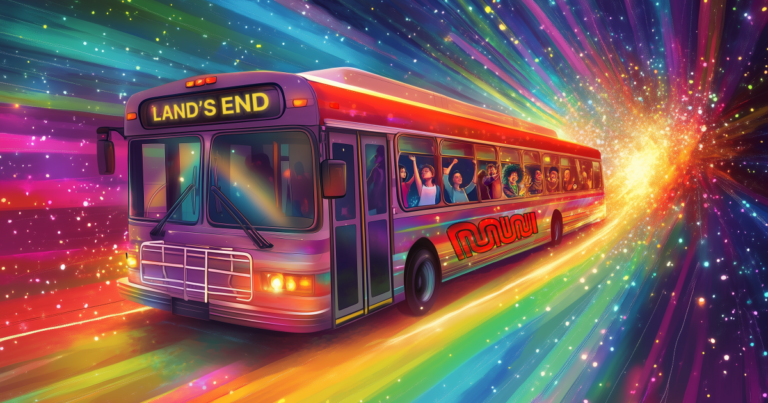The Transformation of San Francisco’s Muni: Progress in Public Transit
The San Francisco Municipal Transportation Agency (SFMTA) has undergone substantial changes in its Muni system, particularly in the wake of the COVID-19 pandemic. Far from the often-criticized entity it was, recent developments indicate a positive trend in public transportation in San Francisco.
Key Improvements Post-Pandemic
In response to shifts in travel patterns during and after the pandemic, Muni has implemented several measures aimed at enhancing service speed, reliability, cleanliness, and safety. These efforts are reflected in the significant increase in ridership and customer satisfaction.
- Overall ridership has surged, with approximately 1 million more riders compared to the same period last year.
- Weekday ridership reached 78% of pre-pandemic levels, demonstrating a robust recovery.
- Notably, satisfaction ratings from customers have improved, with 72% rating Muni as good or excellent—the highest level since 2001.
Historical Context and Critiques
The San Francisco Bay Area Planning and Urban Research Association (SPUR) has played a role in critiquing Muni’s past performance. In a 2005 report entitled “Reversing Muni’s Downward Spiral,” SPUR highlighted various challenges the agency faced, including a significant $60 million deficit and rising operational costs outweighing revenues.
Strategic Changes and Investments
In response to previous criticisms, Muni has focused on two primary initiatives:
- Improving the speed and reliability of bus services.
- Maximizing ridership while minimizing wait times on the most heavily utilized routes.
Over the last four years, notable changes have been implemented, leading to a consistent rise in ridership. For example:
- The Van Ness Corridor has experienced nearly a 50% increase in ridership on weekdays and weekends compared to pre-COVID levels.
- This September, Muni reported 900,000 additional trips compared to the previous year.
Adaptations to New Travel Patterns
In an effort to meet the evolving needs of the community, Muni has restructured its service offerings. The agency has introduced additional services focused on:
- Routes that cater specifically to schools.
- Neighborhoods with higher populations of low-income households.
Furthermore, Muni has made significant strides in expediting bus transit, implementing 22 miles of new or upgraded transit lanes, marking the fastest expansions in the city’s history.
The Road Ahead: Funding Challenges
Despite these advancements, Muni faces a looming financial challenge. Starting in 2026, the agency anticipates an annual operational shortfall ranging from $239 million to $322 million, a situation exacerbated by factors beyond its immediate control.
The importance of community support is paramount, particularly in light of the upcoming votes on Propositions L and M scheduled for November 5, which are crucial for maintaining the progress made.
Conclusion
While historically criticized, Muni is experiencing a rebirth characterized by increased ridership and customer satisfaction. Continued community backing and strategic funding solutions will be vital in ensuring this momentum persists, paving the way for sustainable public transit in San Francisco.



